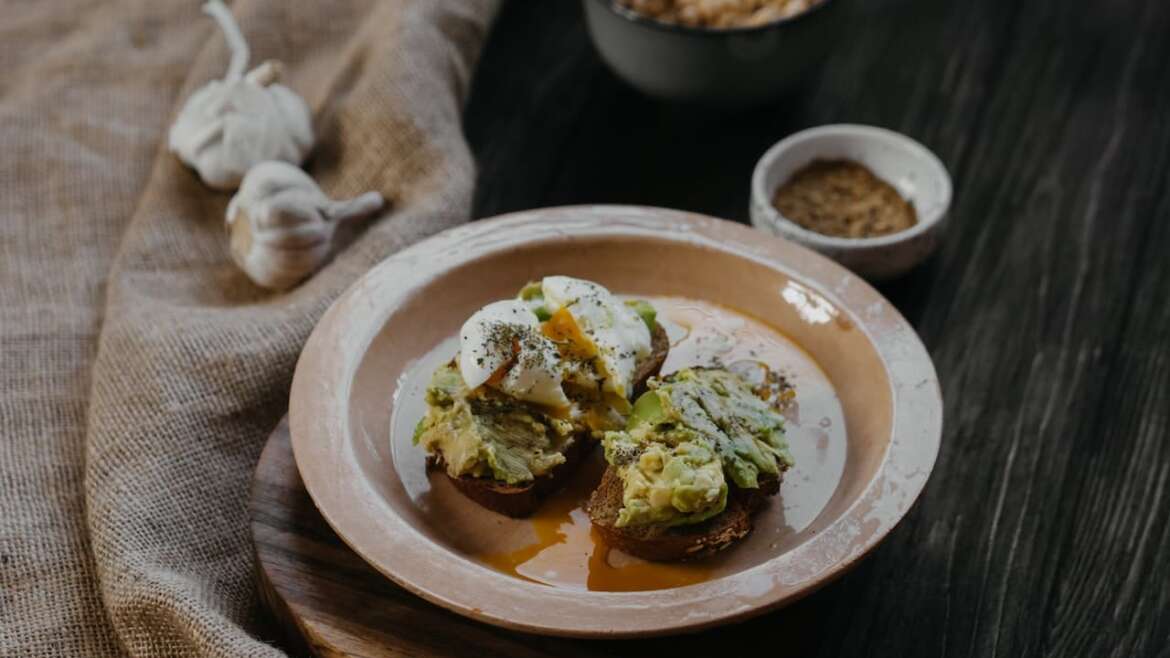When you’ve realized Gluten is affecting you, you have to make the switch. This transition period can be incredibly hard because you may be giving up your favourite foods. This article will guide you in creating a custom gluten diet for beginners that makes the transition a lot less painless.
Keep in mind the first few months are the hardest part and it gets SO much easier every step of the way! If you need additional support, we’re always here to talk, consult and offer coaching sessions to hurdle any obstacles you’re experiencing.
What is Gluten?
A gluten-free diet is a dietary approach that excludes foods containing gluten, a protein found in wheat, barley, and rye. Gluten is responsible for the elasticity and texture of dough, making it a staple in many baked goods and processed foods.
Those with celiac disease, wheat allergy, or gluten intolerance may experience negative health effects from consuming gluten, leading them to follow a gluten-free diet. The diet involves consuming whole foods that do not contain gluten, such as fruits, vegetables, beans, nuts, seeds, fish, and lean meats.
Why do people follow a Gluten-Free Diet?
People follow a gluten-free diet for various reasons. For individuals with celiac disease, consuming gluten can cause damage to the small intestine and lead to malabsorption of nutrients, resulting in symptoms such as abdominal pain, diarrhea, and fatigue.
Additionally, some people may have non-celiac gluten sensitivity, which causes similar symptoms but without the intestinal damage. Following a gluten-free diet can help alleviate these symptoms and improve overall digestive health.
Benefits of a Gluten-Free Diet
There are also potential benefits to following a gluten-free diet for individuals without celiac disease or gluten sensitivity. A gluten-free diet may lead to weight loss and improved blood sugar control in some individuals.
Additionally, a gluten-free diet can encourage individuals to consume more whole, unprocessed foods, which can lead to a healthier overall diet. However, it is important to note that a gluten-free diet can also lead to nutrient deficiencies if not properly planned. Therefore, it is essential to consult with a healthcare professional or registered dietitian before starting a gluten-free diet.
Foods to Avoid on a Gluten-Free Diet
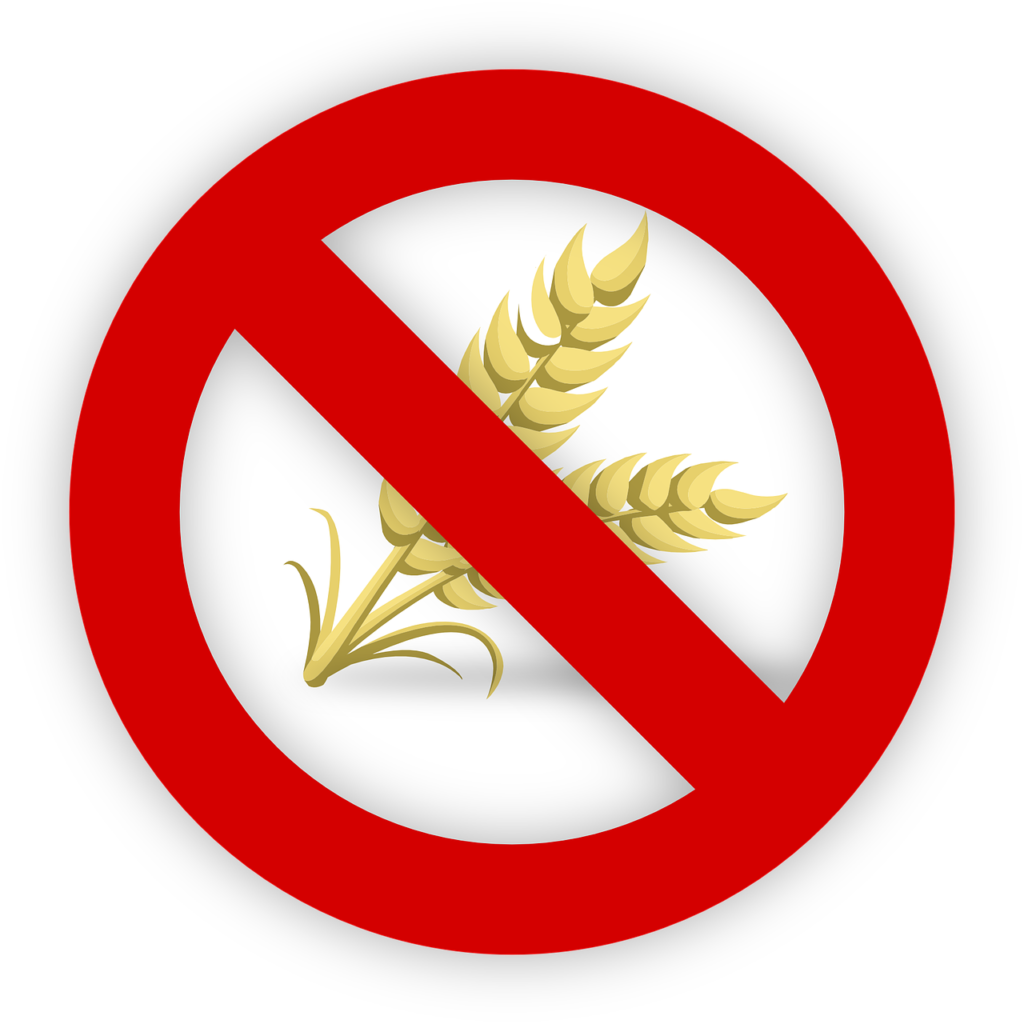
Wheat and Wheat Products
When following a gluten-free diet, it is important to avoid foods that contain gluten. Gluten is a protein that is found in wheat, barley, rye, and triticale. This means that foods made from these grains, such as bread, pasta, and cereal, should be avoided.
Wheat and wheat products are the most common sources of gluten, and include bread, pasta, cereals, and baked goods like cakes and cookies. By avoiding these foods, individuals can reduce their gluten intake and improve their digestion and overall health.
Barley and Barley Products
Barley and barley products are also sources of gluten and should be avoided on a gluten-free diet. This includes foods like malt, malt vinegar, and beer, which are made from barley. Rye and rye products, such as rye bread, crackers, and cereals, also contain gluten and should be eliminated from the diet. By avoiding these grains and their products, individuals can reduce their gluten intake and improve their symptoms if they have gluten intolerance or celiac disease.
Rye and Rye Products
It is important to note that gluten can also be found in processed foods, such as soups, sauces, and salad dressings. Therefore, it is important to read food labels carefully and avoid any products that contain wheat, barley, or rye. Instead, individuals can focus on consuming naturally gluten-free foods, such as fruits, vegetables, nuts, seeds, and lean meats. By incorporating these foods into their diet, individuals can maintain a healthy and balanced gluten-free diet.
Foods to Eat on a Gluten-Free Diet
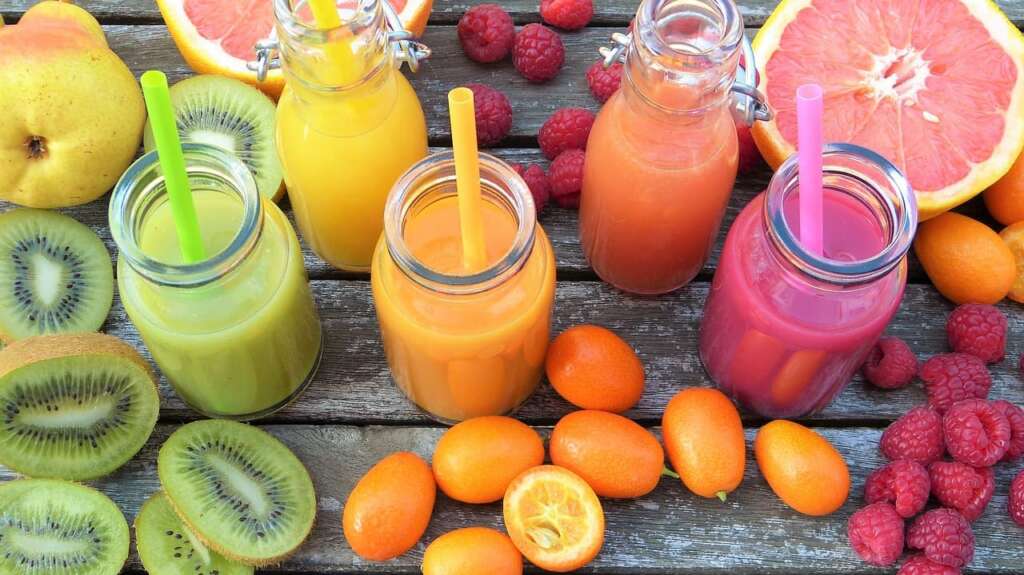
Fruits and Vegetables
One of the most important aspects of starting a gluten-free diet is knowing which foods are safe to eat. Fortunately, many delicious and nutritious foods are naturally gluten-free. Fruits and vegetables are an excellent choice for those following a gluten-free diet as they are packed with vitamins, minerals, and fibre.
Fresh produce like berries, apples, leafy greens, broccoli, and carrots are all great options to incorporate into a gluten-free diet. It’s important to note that while fresh fruits and vegetables are naturally gluten-free, some processed or packaged options may contain gluten, so it’s important to always read labels carefully.
Meat and Poultry
Meat and poultry are also naturally gluten-free, making them a great source of protein for those on a gluten-free diet. Fresh cuts of beef, pork, chicken, and turkey are all safe to eat, as long as they are not marinated or coated in breadcrumbs or other gluten-containing ingredients. Additionally, eggs are also gluten-free and can be a great source of protein for those following a gluten-free diet.
Fish and Seafood
Fish and seafood are also naturally gluten-free and provide a variety of health benefits. Fatty fish like salmon and tuna are high in omega-3 fatty acids, which can help reduce inflammation and improve heart health. Other seafood options like shrimp, crab, and lobster are also safe to eat on a gluten-free diet. As with all foods, it’s important to be aware of any sauces or marinades that may contain gluten and to read labels carefully before consuming.
Gluten-Free Grains and Starches
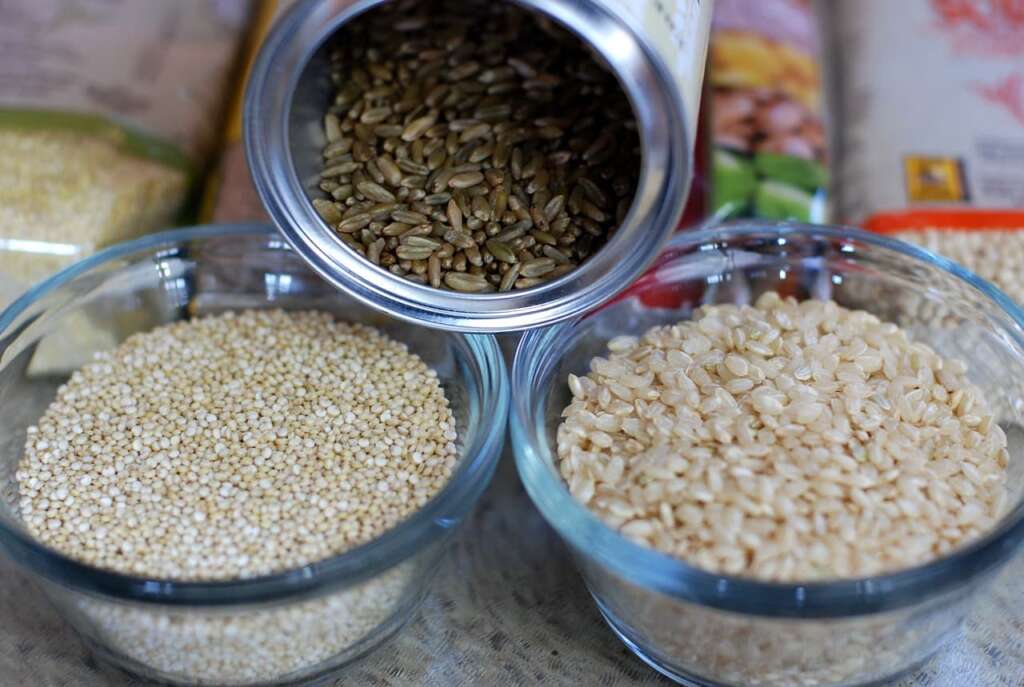
Rice and Rice Flour
When starting a gluten-free diet, it is important to understand which grains and starches are safe to consume. Rice and rice flour are gluten-free and can be used as a substitute for wheat flour in many recipes. Rice flour made from 100% white or brown rice is entirely safe to consume especially if it’s labelled as “gluten-free”.
All types of rice, including brown rice, white rice, wild rice, and rice flour, are naturally gluten-free. Incorporating rice into your gluten-free diet can provide a versatile and nutritious option for meals and snacks.
Quinoa
Quinoa is another gluten-free grain that is packed with protein and other essential nutrients. This grain has a nutty flavour and can be used as a substitute for rice or couscous in many recipes.
Quinoa is also a good source of fibre, iron, and magnesium, making it a great addition to a gluten-free diet. It is important to note that some quinoa products may be cross-contaminated with gluten during processing, so it is important to look for certified gluten-free quinoa.
Corn and Corn Flour
Corn and corn flour are also gluten-free and can be used in many gluten-free recipes. Hominy, which is made from corn, is a popular ingredient in Latin American cuisine and can be used in soups, stews, and casseroles. Cornmeal is commonly used to make cornbread, muffins, and other baked goods. It is important to note that some corn products may be cross-contaminated with gluten during processing, so it is important to look for certified gluten-free corn products. Incorporating these gluten-free grains and starches into your diet can provide a variety of options for delicious and nutritious meals.
GlutenFree Baking and Cooking
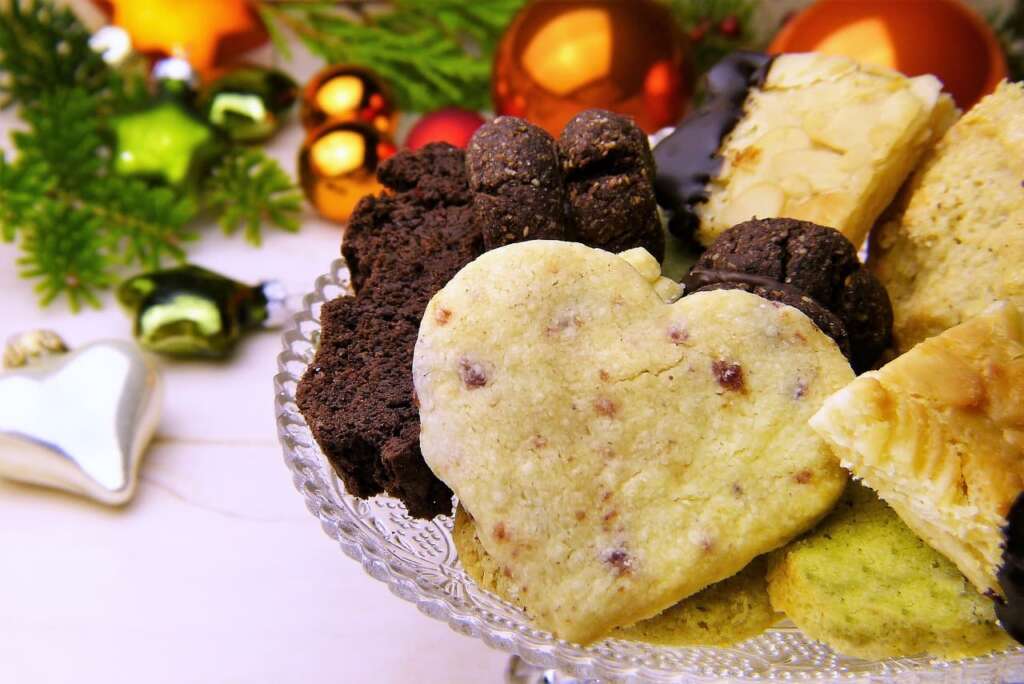
Gluten-Free Flours and Starches
Gluten-free baking and cooking can seem daunting at first, but with the right knowledge and ingredients, it can be just as delicious and satisfying as traditional baking and cooking. When it comes to gluten-free flour and starches, there are many options available, such as rice flour, almond flour, tapioca starch, and potato starch. These can be used in various combinations to achieve the desired texture and flavour in baked goods and other dishes.
Substitutes for Wheat Flour
Substituting wheat flour with gluten-free flour and starches is a key aspect of gluten-free baking and cooking. For example, almond flour can be used in place of wheat flour in many recipes, while tapioca starch can be used as a thickener in sauces and gravies. It is important to note that gluten-free flour and starches may have different properties than wheat flour, so it may take some experimentation to find the right combination for a particular recipe.
Gluten-Free Baking Tips
Gluten-free baking also requires some specific techniques to achieve the desired results. For example, using xanthan gum or guar gum can help bind the ingredients together and create a better texture in baked goods. Additionally, it is important to measure ingredients carefully and follow the recipe closely, as gluten-free baking can be more sensitive to changes in ingredient proportions. With these tips and techniques, anyone can successfully bake and cook gluten-free.
Tips for Eating Out and Traveling on a GlutenFree Diet

How to Communicate Your Needs to Restaurants
Maintaining a gluten-free diet while eating out can be challenging, but there are ways to communicate your needs effectively to restaurants. Firstly, it is important to inform the server or chef of your dietary restrictions and ask for recommendations on gluten-free options. It may also be helpful to explain the severity of your gluten intolerance and ask about cross-contamination prevention measures. Additionally, it is important to be polite and patient with restaurant staff, as they may not be familiar with gluten-free diets or the necessary precautions to take. By clearly communicating your needs and being understanding, you can increase the likelihood of having a positive dining experience.
Researching Gluten-Free Options Before Traveling
When travelling on a gluten-free diet, it is important to research gluten-free options in advance. This can involve looking up restaurants that offer gluten-free menus or contacting hotels to inquire about gluten-free meal options. Additionally, it may be helpful to research local grocery stores or markets to purchase gluten-free snacks and meals for on-the-go. By planning, you can ensure that you have access to safe and enjoyable food options while travelling.
Packing Gluten-Free Snacks for Travel
Packing gluten-free snacks for travel is another way to ensure that you have safe and convenient food options. Some examples of gluten-free snacks that are easy to pack and transport include nuts, dried fruit, rice cakes, and gluten-free granola bars. It is also important to bring along any necessary gluten-free condiments or sauces, as these may not be readily available while travelling. By packing gluten-free snacks and condiments, you can have peace of mind and enjoy your travels without worrying about finding safe food options.
Related Reading
10 Signs You Need to Detox Your Liver
NEED SUPPORT?
Speak to a Health Coach
References
- The Gluten-Free Diet: A Beginner’s Guide with Meal Plan. (n.d.) Retrieved September 6, 2023, from www.healthline.com/nutrition/gluten-free-diet
- How to Go Gluten-Free: A Beginners Guide. (n.d.) Retrieved September 6, 2023, from www.eatingwell.com
- Gluten-Free Diet: Is It Right for Me? (n.d.) Retrieved September 6, 2023, from www.hopkinsmedicine.org

